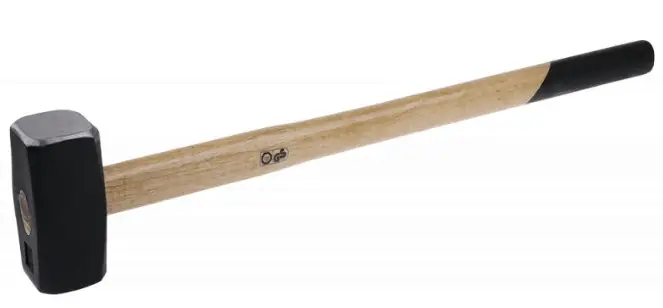
High-carbon steel has approximately 0.60 to 1.00% carbon content. Hardness is higher than the other grades but ductility decreases. They are almost always used in a hardened and tempered condition and, as such, are especially wear resistant and capable of holding a sharp cutting edge. Therefore, high carbon steels could be used for springs, rope wires, hammers, screwdrivers, wrenches and knives. The 10xx series (e.g. 1095 steel) is the most popular choice for carbon steel used in knives as well as katanas. AISI 1095 carbon steel is brittle, and has high hardness and strength. 1095 steel, when used in knives, holds a great edge and is very easy to sharpen. However, the properties of this type of steel give it a tendency to easily rust if not oiled and deliberately cared for.
Tool Steels
Tool steel refers to a variety of carbon and alloy steels that are particularly well-suited to be made into tools. Their suitability comes from their distinctive hardness, resistance to abrasion and deformation, and their ability to hold a cutting edge at elevated temperatures. With a carbon content between 0.5% and 1.5%, tool steels are manufactured under carefully controlled conditions to produce the required quality. The presence of carbides in their matrix plays the dominant role in the qualities of tool steel. The four major alloying elements that form carbides in tool and die steel are: tungsten, chromium, vanadium and molybdenum. These alloying elements combine with carbon to form very hard and wear-resistant carbide compounds.
We hope, this article, Composition of High-carbon Steel, helps you. If so, give us a like in the sidebar. Main purpose of this website is to help the public to learn some interesting and important information about materials and their properties.
